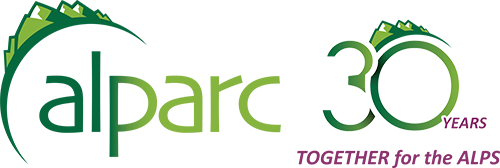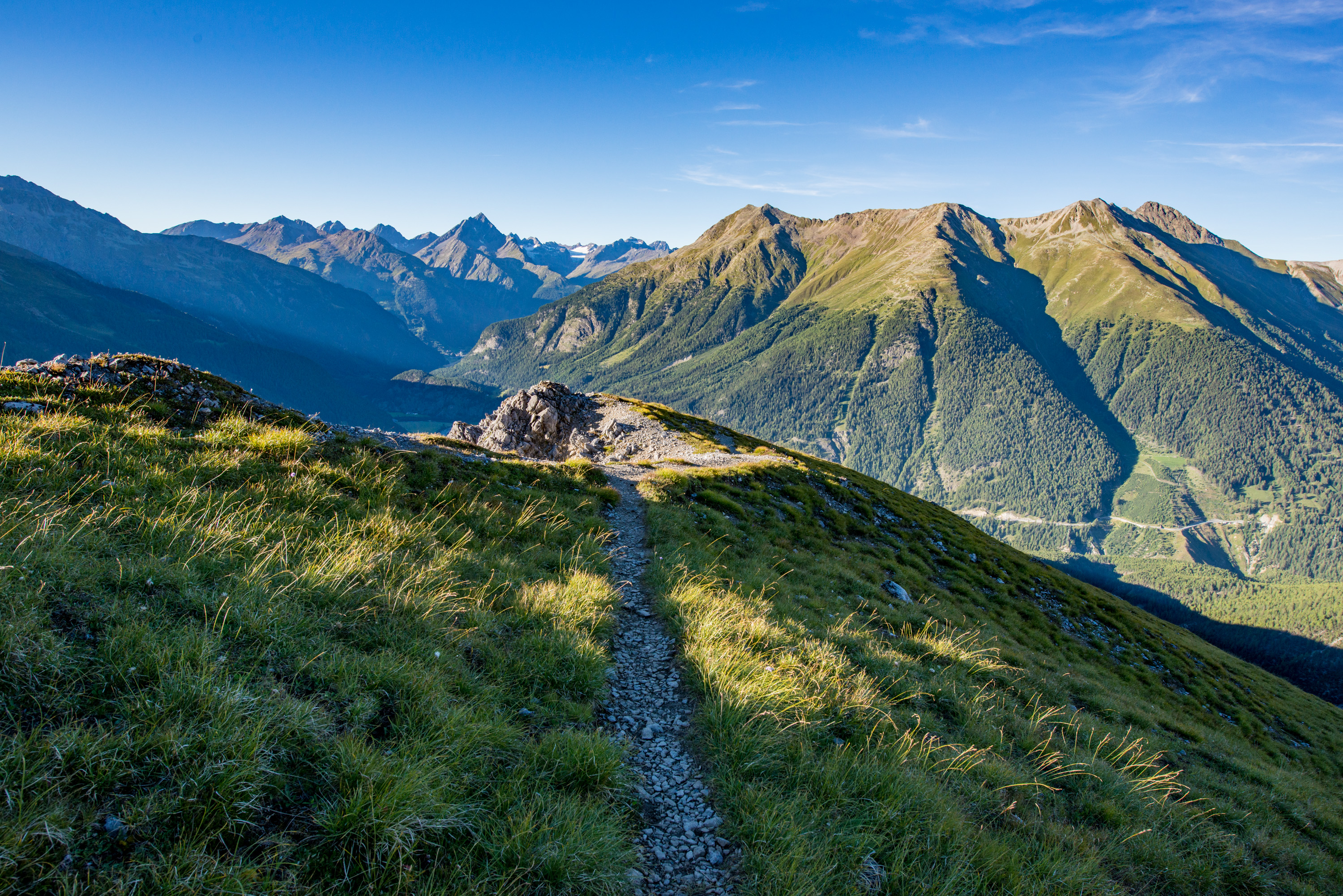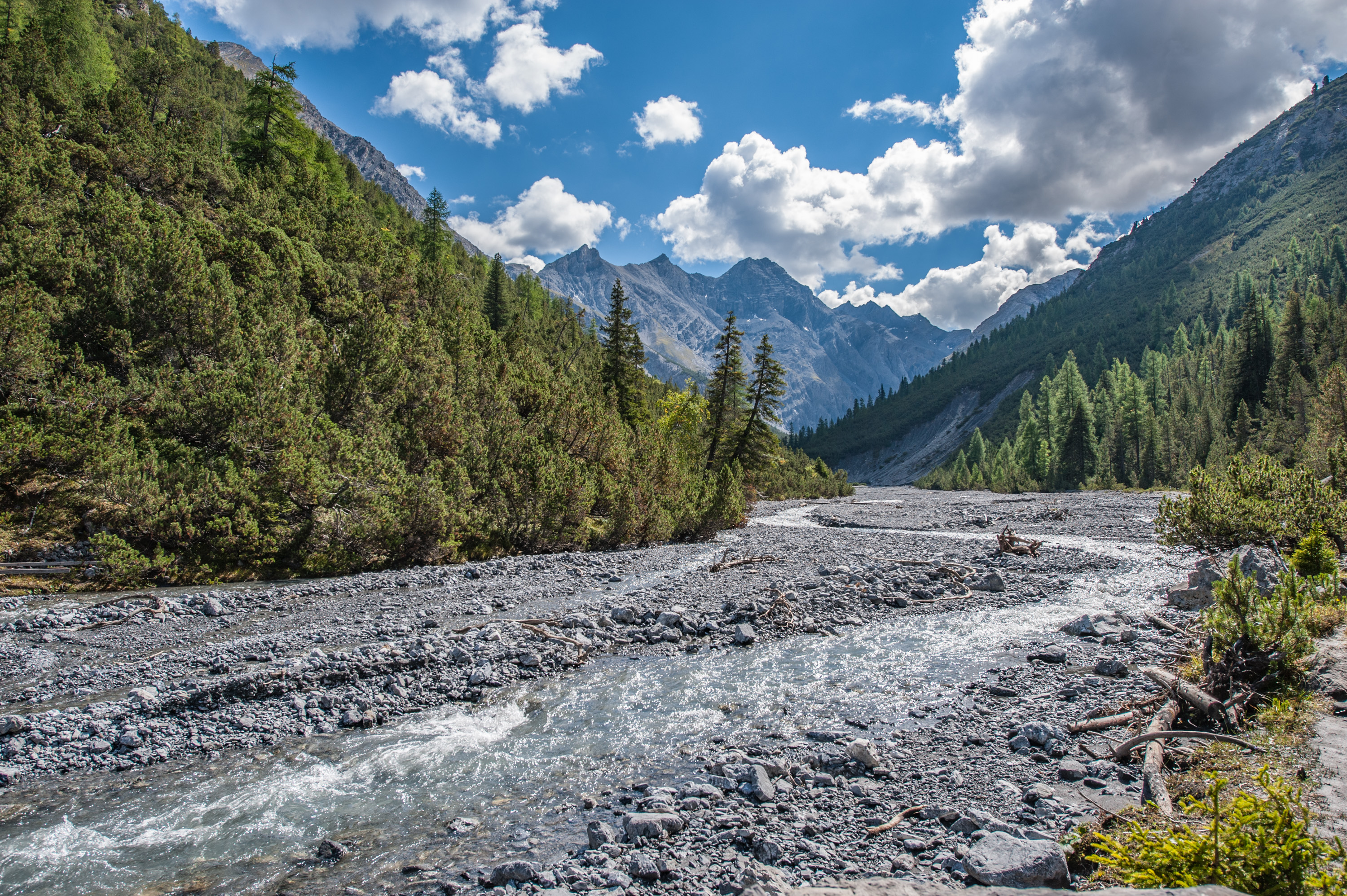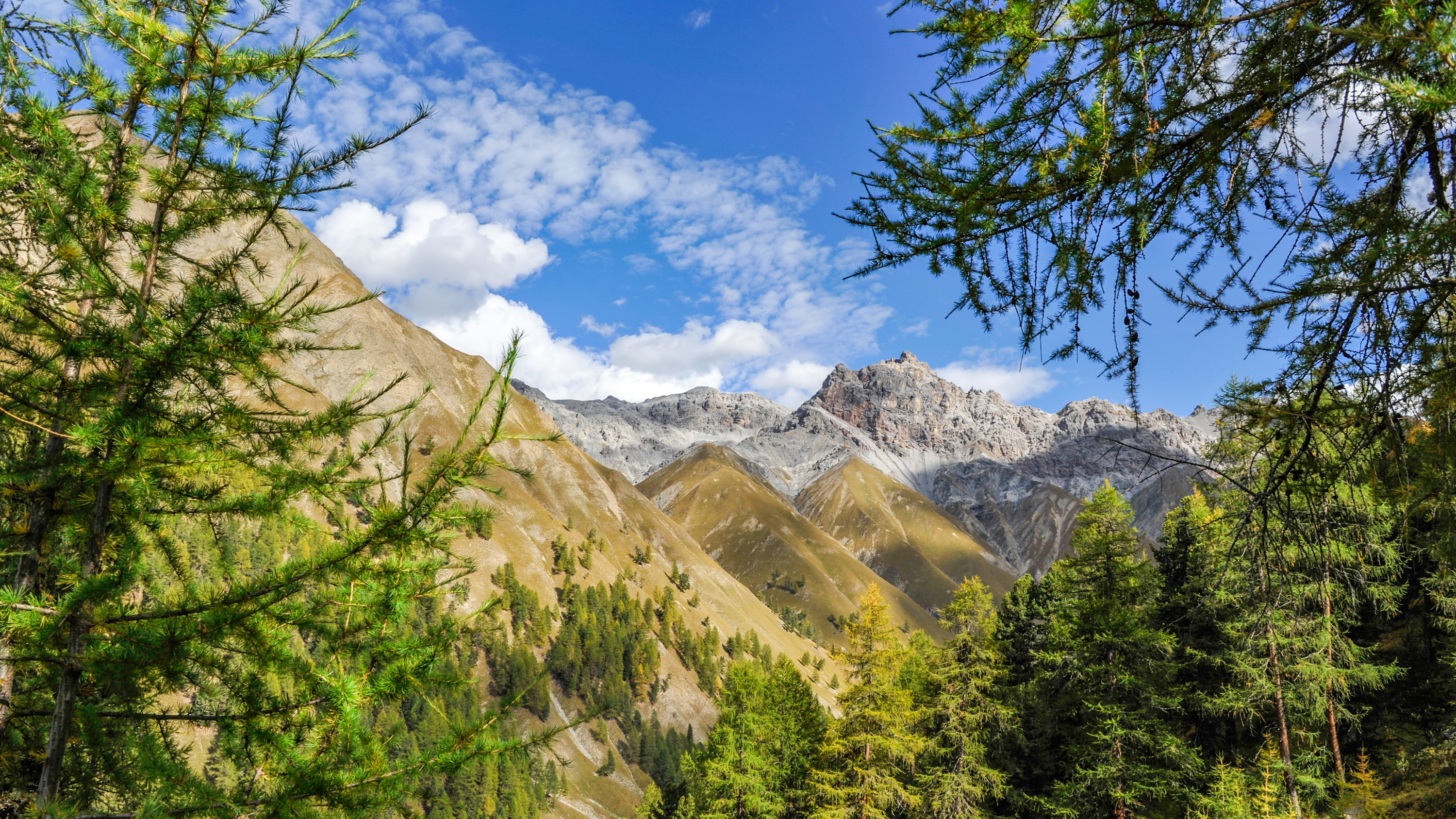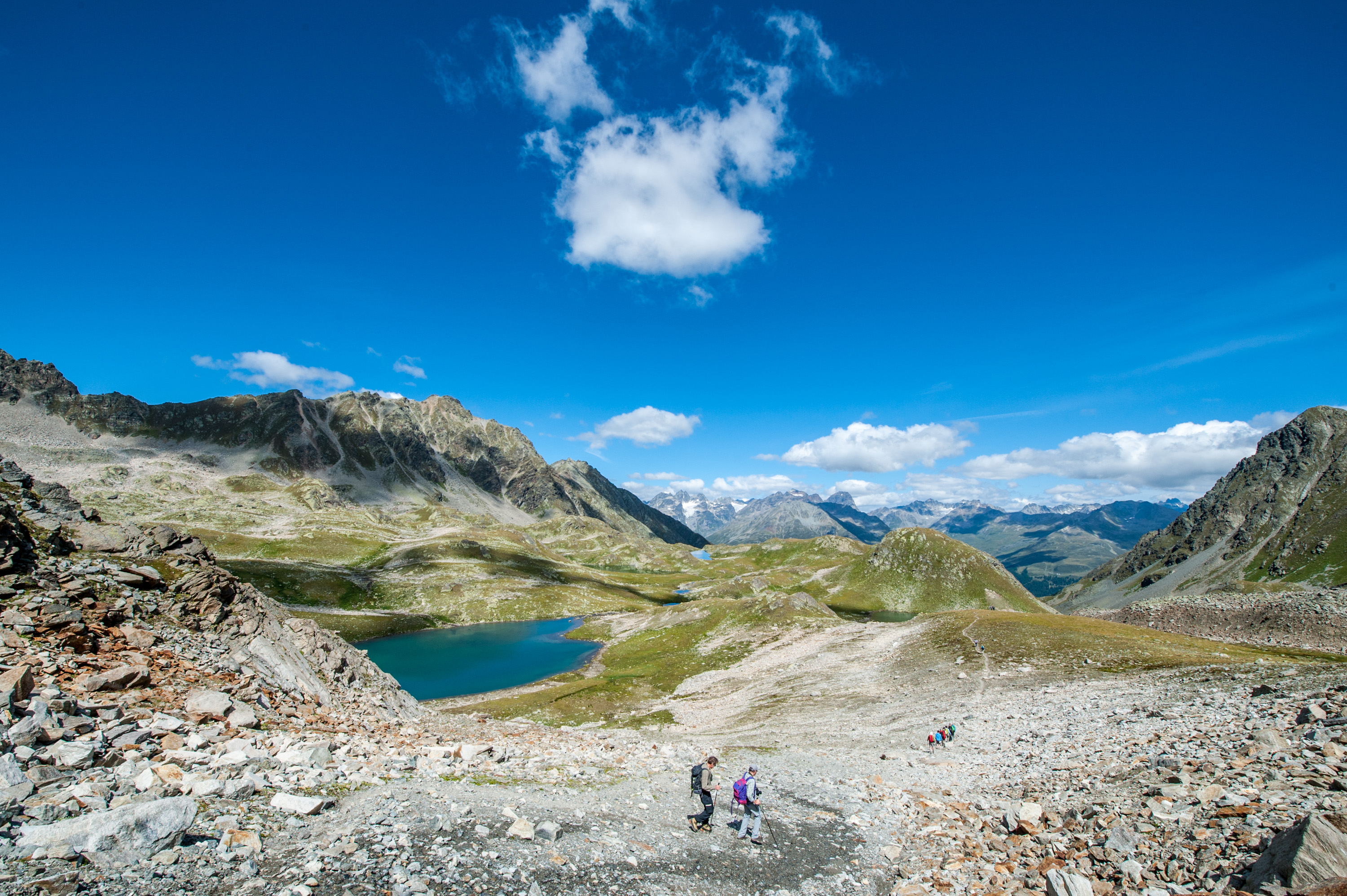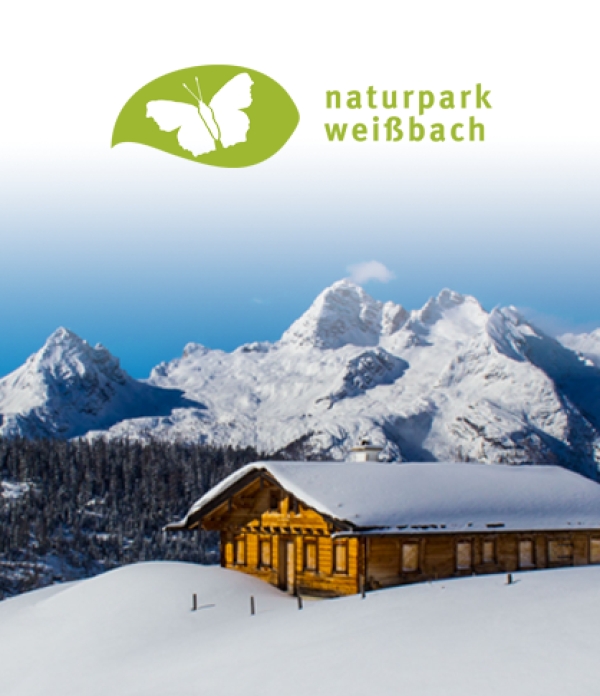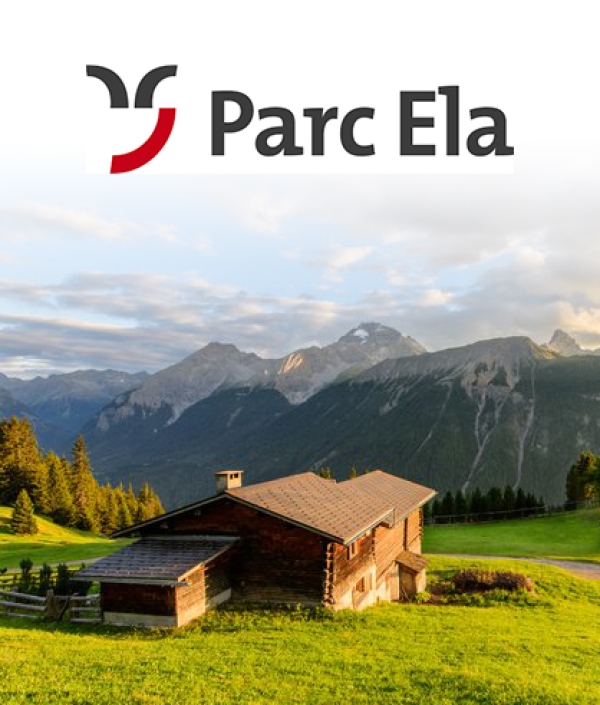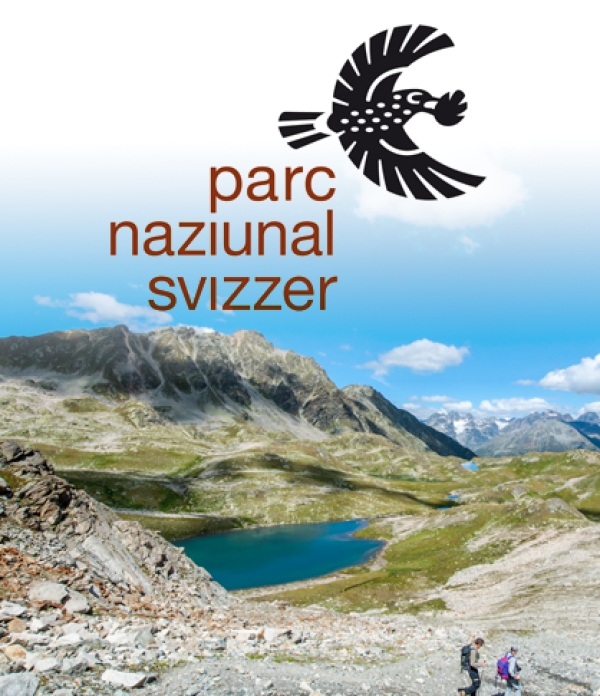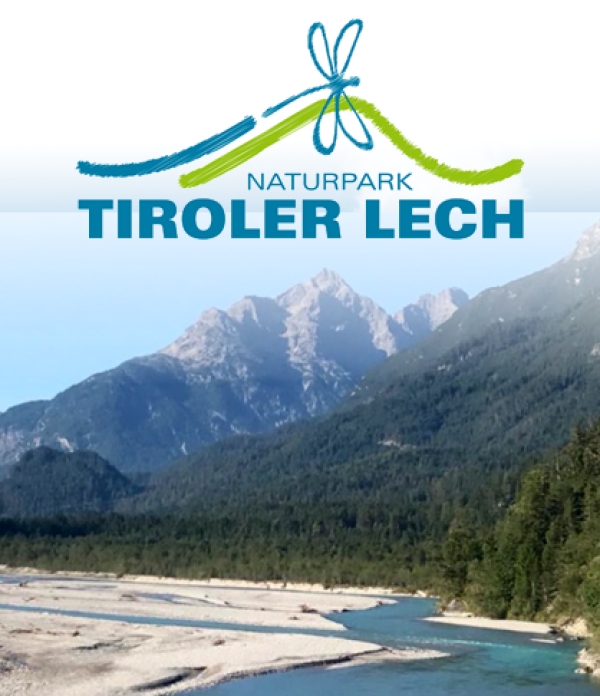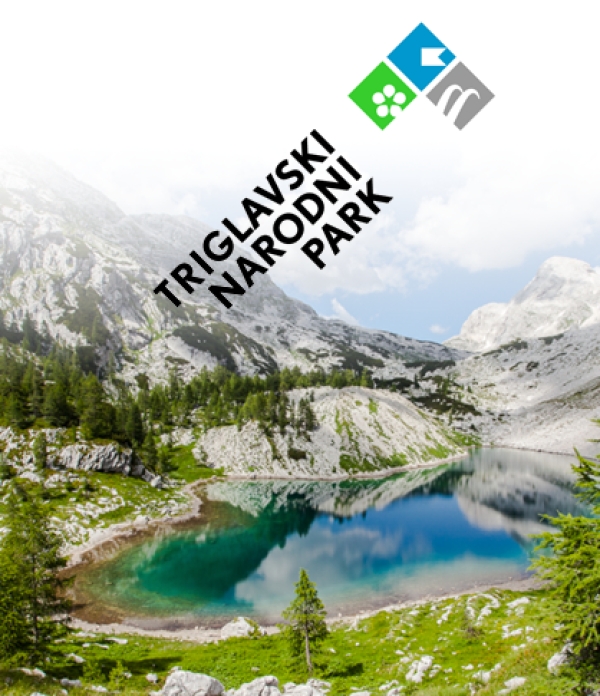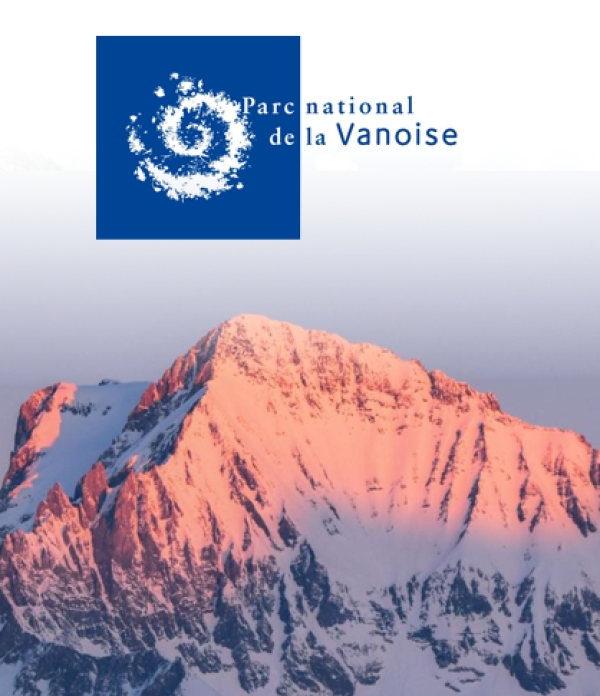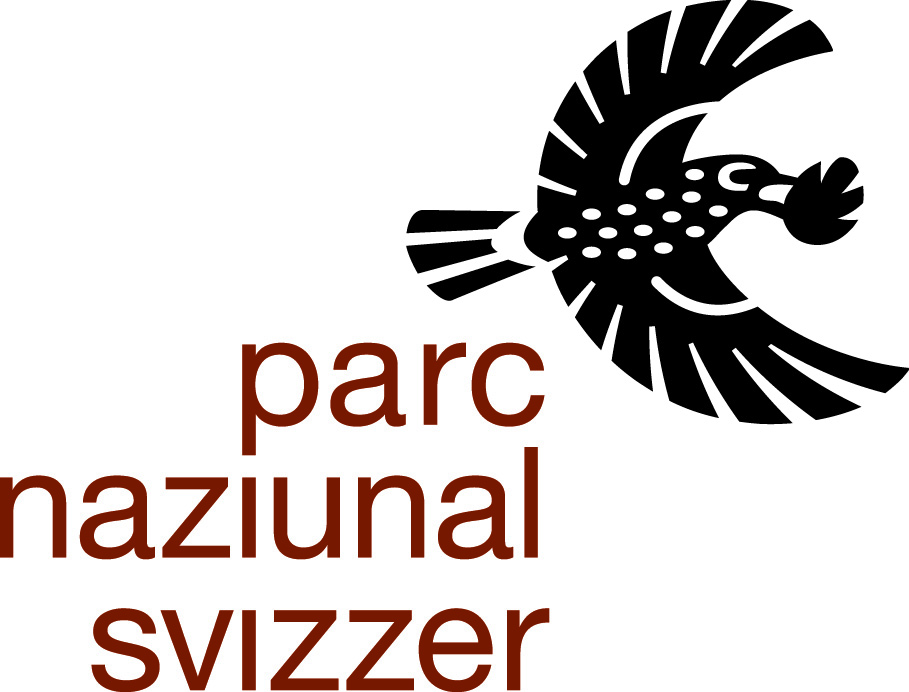
Est. 1914
Goals & Objectives:
The Swiss National Park is a strict nature reserve classified as IUCN Category 1a. Its duties include the complete protection of all living organisms and natural processes, scientific research, and public outreach.
Regional & Environmental Challenges:
A major challenge is the remediation of highly toxic PCB contamination in the Spöl River, caused by faulty repair work at a hydroelectric power plant.
Successes:
In the Swiss National Park, biodiversity is increasing in contrast to other areas: bearded vultures, lynxes, wolves, and otters are once again part of the region’s fauna. Today, the same number of butterfly species still live in the park as they did 100 years ago.
Learn more about Swiss National Park's initiatives and projects on their website.
What do you gain from being an ALPARC member?
The exchange with international partners is very valuable to us, and many acquaintances and friendships have developed over time. This creates a sense of unity, allowing us to benefit mutually from each other’s experiences.
What challenges do you see for protected areas in the coming years/decades?
At the moment, politics is not very supportive of nature conservation. We must be careful not to recklessly lose the achievements of the last 40 years. Nature and biodiversity are the foundation of our lives, but it is becoming increasingly challenging to designate protected areas due to individual interests.
How important do you think protected areas will be in the coming years?
They are becoming increasingly important as refuges for flora and fauna. However, the population is also growing, along with the number of people seeking experiences and tranquility in remote and natural areas. As a result, these valuable oases of nature are coming under greater pressure.
